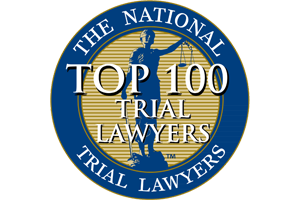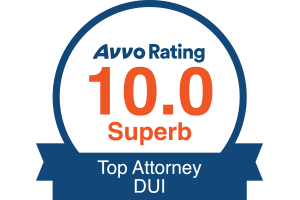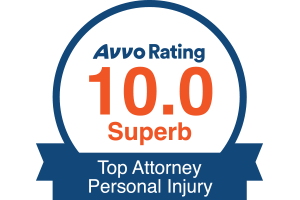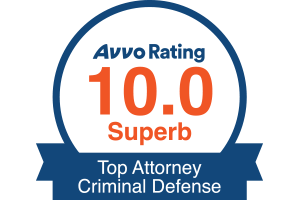& Experienced
Possession of Drugs
Under California Proposition 47 simple possession of most drugs is a misdemeanor. However, those with so called “super strikes” or a prior conviction that requires sex offender registration under California Penal Code 290 are punished under the old laws and can more easily be charged with a felony. The “super strike” offenses in PC 667(e)(2)(C)(iv) are sexually violent offenses, child molestation, homicide or attempted homicide, solicitation to commit murder, assault with a machine gun on a peace officer or firefighter, possession of a weapon of mass destruction, and any serious or violent felony.
Simple Possession of Drugs Defense Attorney
To prove the accused is guilty of simple possession of drugs the government must prove the accused (1) unlawfully possessed the controlled substance (2) the accused knew of its presence; (3) knew the nature of the substance as a controlled substance; (4) The controlled substance was (insert type of controlled substance i.e. cocaine.); and (5) The controlled was in a usable amount. (see CALCRIM 2304).
A usable amount is an amount that is enough to have a narcotic potential. It does not include useless traces or debris. (see People v. Rubacalba (1993) 6 Cal.4th 62). However, a usable amount does not have to be enough to affect the user.
The government does not need to prove that the accused knew which specific controlled substance they possessed. The government only needs to prove that the accused was aware of the substance’s presence and that it was a controlled substance.
In addition, more than one person can possess something at the same time. For example, if one person holds the drugs for another, both could be charged with possession of the drugs. The theory the government would use to prove their case is that one person has actual possession, while the other would have constructive possession. The government could also use theory of aiding and abetting to prove their case.
California Health & Safety Code § 11350
This section of the law makes it illegal to possess certain narcotic drugs that are listed in the Health & Safety Code. Under subdivision (a) of this section, possession of over 100 different drugs can be used to be punishable as a felony. However California Proposition 47 was passed on November 4, 2014 which makes simple possession of drugs a misdemeanor. This was a revolutionary amendment.
Some of the more common illegal drugs listed in this section include: power cocaine, rock cocaine (also known as cocaine base or crack), opiates and its derivatives, heroin and peyote. Additionally possession of certain prescription drugs without a valid prescription such as codeine, hydrocodone (brand name Vicodin), mecloqualone, methaqualone (brand name Quaalude) and Gamma-hydroxybutyric acid (“GHB”) can be charged under this section.
California Health & Safety Code § 11377
This section of the law makes it illegal to possess certain non-narcotic drugs that are listed in the Health & Safety Code. It basically makes it illegal to possess methamphetamine without a prescription. The government must prove the same thing as they need to prove in Health & Safety Code § 11350, except the drug here is methamphetamine and not cocaine or opium based drugs. In addition, under California Proposition 47, this crime is now a misdemeanor.
California Health & Safety Code § 11357
Proposition 46 passed on November 8, 2016, which revamped California’s marijuana laws. It is now legal for people over the age of 21 to possess up to one ounce of marijuana or 8 grams of cannabis concentrate. Possession of more than that is now a misdemeanor and not a felony. The medical marijuana laws apply to the section and can be used as a defense to this crime.












